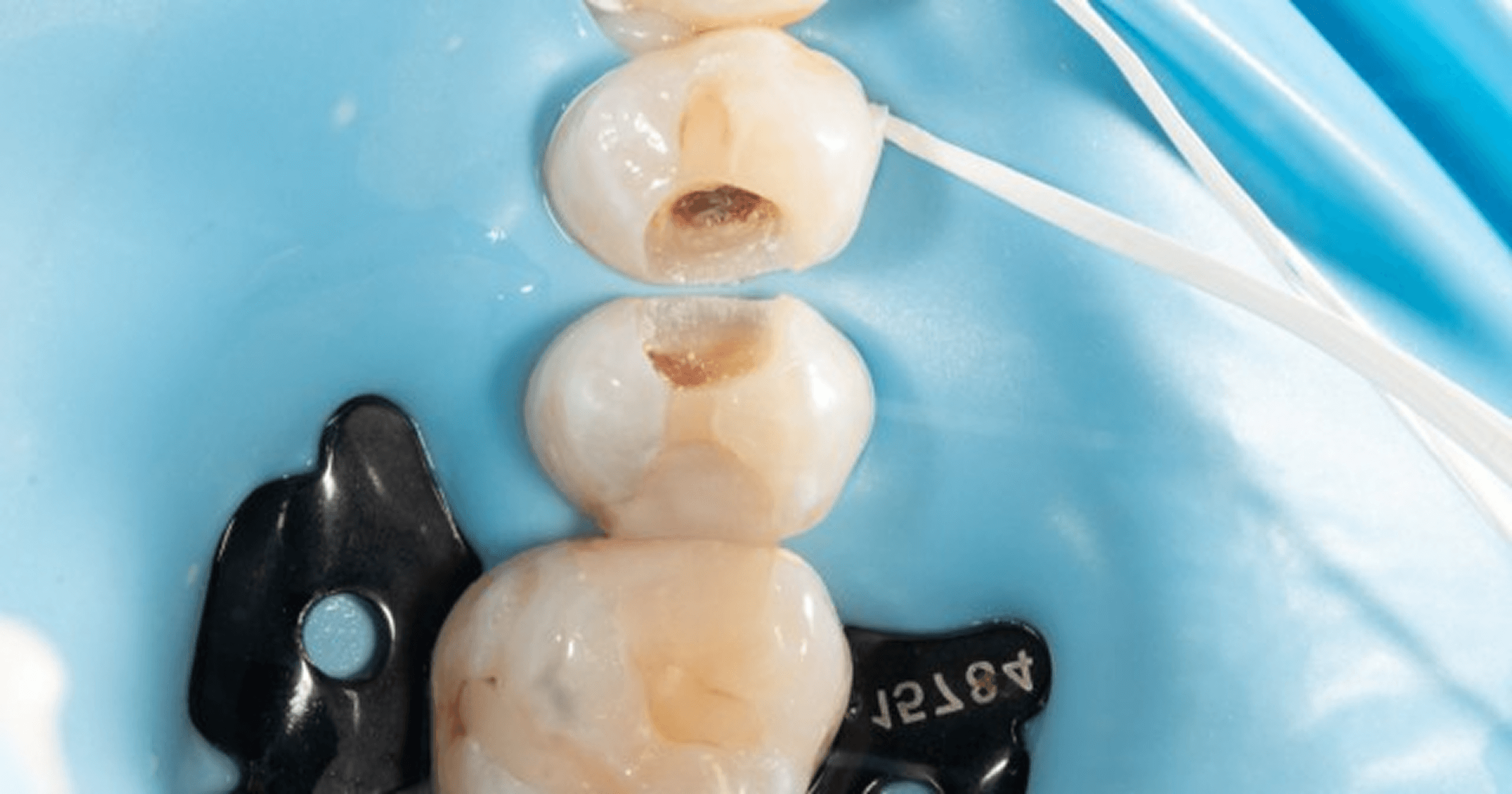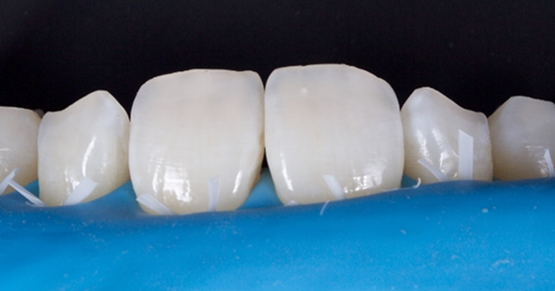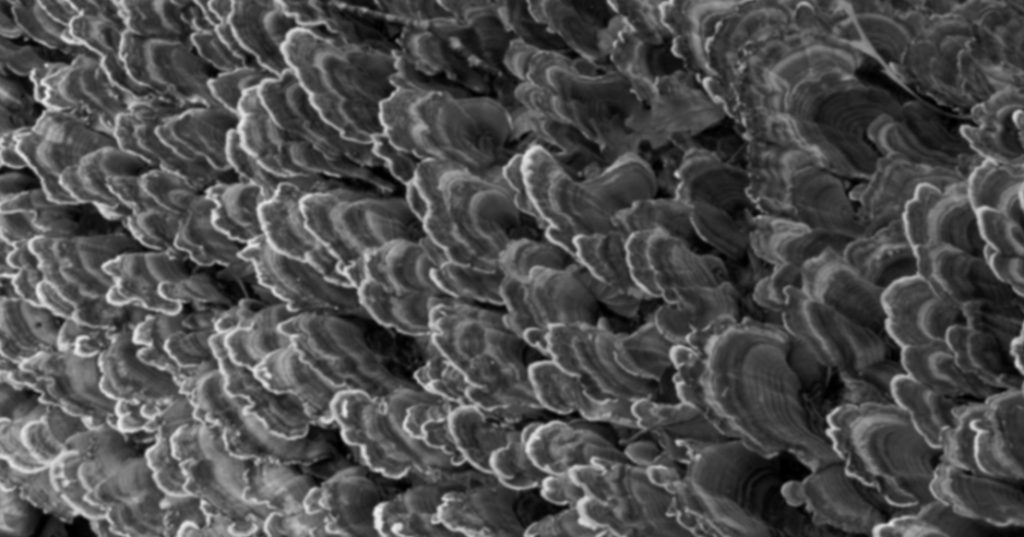
Minimally Invasive Caries Removal: An Evidence-Based Technique
New evidence has challenged traditional dogma about how caries excavation should be approached. Historically, dentists have been taught to remove all caries from a preparation; however, the American Dental Association’s recently published Clinical Practice Guidelines on restoring carious lesions urge clinicians to use “more conservative carious tissue removal approaches.1
According to the ADA, restorative dentistry’s two main aims should be to preserve healthy tooth structure and protect the dentin pulp complex.1 In the guidelines, the ADA describes four different methods of caries removal — no removal, selective removal, stepwise removal, and total removal — with the removal strategy based on the nature of the lesion.
Restorative goals: Restoration longevity, pulp protection
The International Caries Consensus Collaboration (ICCC), comprising 21 experts from around the globe, has published its own recommendations on how to be more conservative with caries excavation. The ICCC’s two primary goals with restorative dentistry are restoration longevity and pulp protection. A sound restoration requires a large enough surface area to bond to, while pulp vitality is the variable with the greatest influence on tooth longevity.2
Preserving healthy dentin pulp is important because it’s the source of the odontoblastic palisade, a microscopic structure responsible for repairing dentin and facilitating dentin remineralization.3 (Of course, if the pulp is already necrotic or has succumbed to irreversible pulpitis, root canal therapy is necessary.)
Similar to the ADA guidelines, the ICCC noted that the method of caries removal should be dictated by the nature and depth of the lesion: For shallow to moderate lesions, the goal should be restoration longevity, while for deep lesions, the goal should be preserving the pulp.
Restoration longevity is achieved by optimizing the surface area of clean, healthy enamel and dentin to bond to. When a gold-standard bonding agent is used, healthy dentin’s bond strength is around 50 megapascals4; therefore, in shallow to moderate lesions, if caries is removed until sound enamel and dentin is reached, restoration longevity is achieved by creating ample healthy substrate to bond to. To preserve the pulp, the stepwise or selective caries removal techniques can be used.
Minimally invasive caries removal techniques
The stepwise technique involves removing only the infected dentin — pulpal exposure is avoided at the time of excavation — and placing a temporary restoration for 6 to 12 months. Then, the temporary restoration is removed, and caries is removed until firm dentin is reached.5 The disadvantages of this technique are that it requires two appointments and the preparation is enlarged with each subsequent entry into the cavity.
An alternative technique, the selective removal approach, should be used to treat deep carious lesions. It involves leaving carious tissue over the pulp to prevent exposure, while ensuring sound tooth structure is preserved along the periphery of the preparation to provide a strong hermetic seal3 that cuts off bacteria from its nutrient supply of carbohydrates (Fig. 1).
Opposition to the selective removal technique may assume that a total caries removal approach is more favorable because it eliminates all the bacteria. However, a 2019 systematic review found that even if a total caries removal approach is used, 25% to 50% of bacteria still remain.6
In effect, clinicians often default to a total caries removal strategy, but practice guidelines and consensus statements from recognized authorities suggest clinicians think critically about which approach is best for each specific case.
References
- Barros MMAF, De Queiroz Rodrigues MI, Muniz, FWMG, &Rodrigues, LKA. (2020). Selective, stepwise, or nonselective removal of carious tissue: which technique offers lower risk for the treatment of dental caries in permanent teeth? A systematic review and meta-analysis. Clinical Oral Investigations, 24(2), 521–532.
- Dhar V, Pilcher L, Fontana M, González-Cabezas C, Keels MA, Mascarenhas AK … Carrasco-Labra A. (2023). Evidence-based clinical practice guideline on restorative treatments for caries lesions: a report from the American Dental Association. The Journal of the American Dental Association, 154(7), 551–566.
- Schwendicke F, Frencken JE, Bjørndal L, Maltz M, Manton DJ, Ricketts D … Innes, NPT (2016). Managing carious lesions: consensus recommendations on carious tissue removal. Advances in Dental Research, 28(2), 58–67.
- Lim ZE, Duncan HF, Moorthy A, McReynolds D. (2023). Minimally invasive selective caries removal: a clinical guide. British Dental Journal, 234(4), 233–240.
- Urabe I, Nakajima S, Sano H, Tagami J. (2000). Physical properties of the dentin-enamel junction region. American Journal of Dentistry, 13(3), 129–135.
- Yao Y, Luo A, Hao Y. (2023). Selective versus stepwise removal of deep carious lesions: a meta-analysis of randomized controlled trials. Journal of Dental Sciences, 18(1), 17–26.
FOUNDATIONS MEMBERSHIP
New Dentist?
This Program Is Just for You!
Spear’s Foundations membership is specifically for dentists in their first 0–5 years of practice. For less than you charge for one crown, get a full year of training that applies to your daily work, including guidance from trusted faculty and support from a community of peers — all for only $599 a year.

By: Melissa Seibert
Date: March 11, 2025
Featured Digest articles
Insights and advice from Spear Faculty and industry experts


